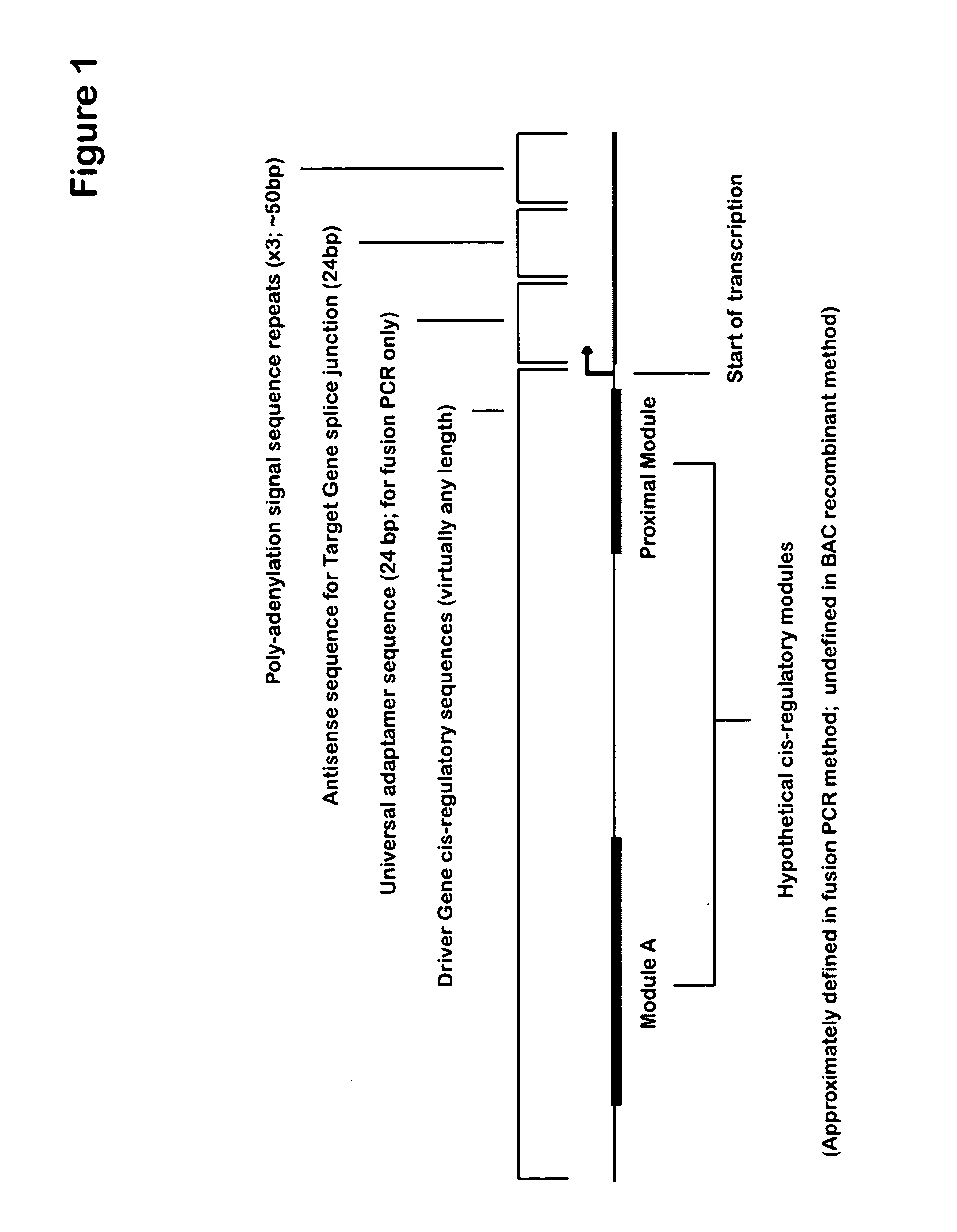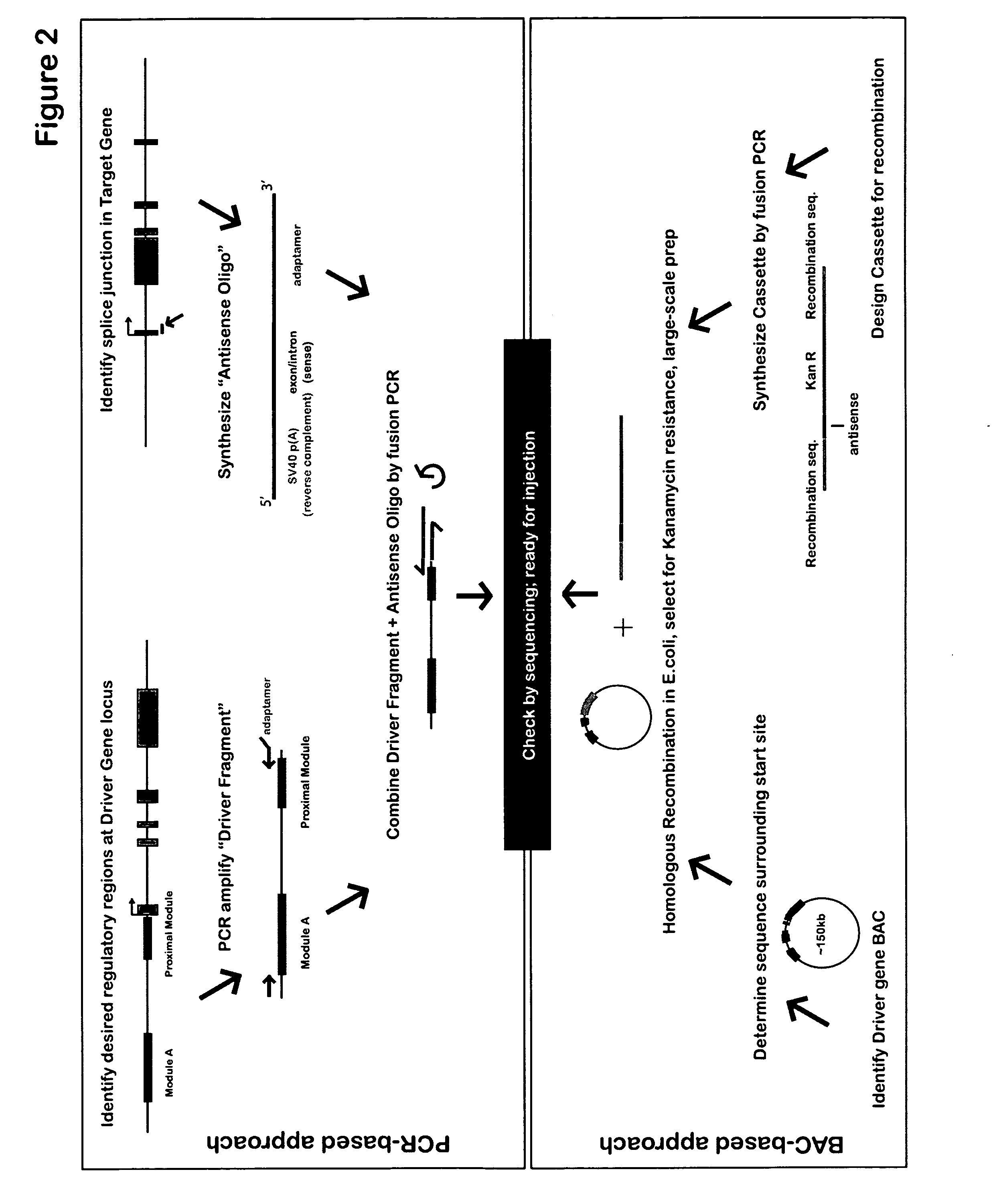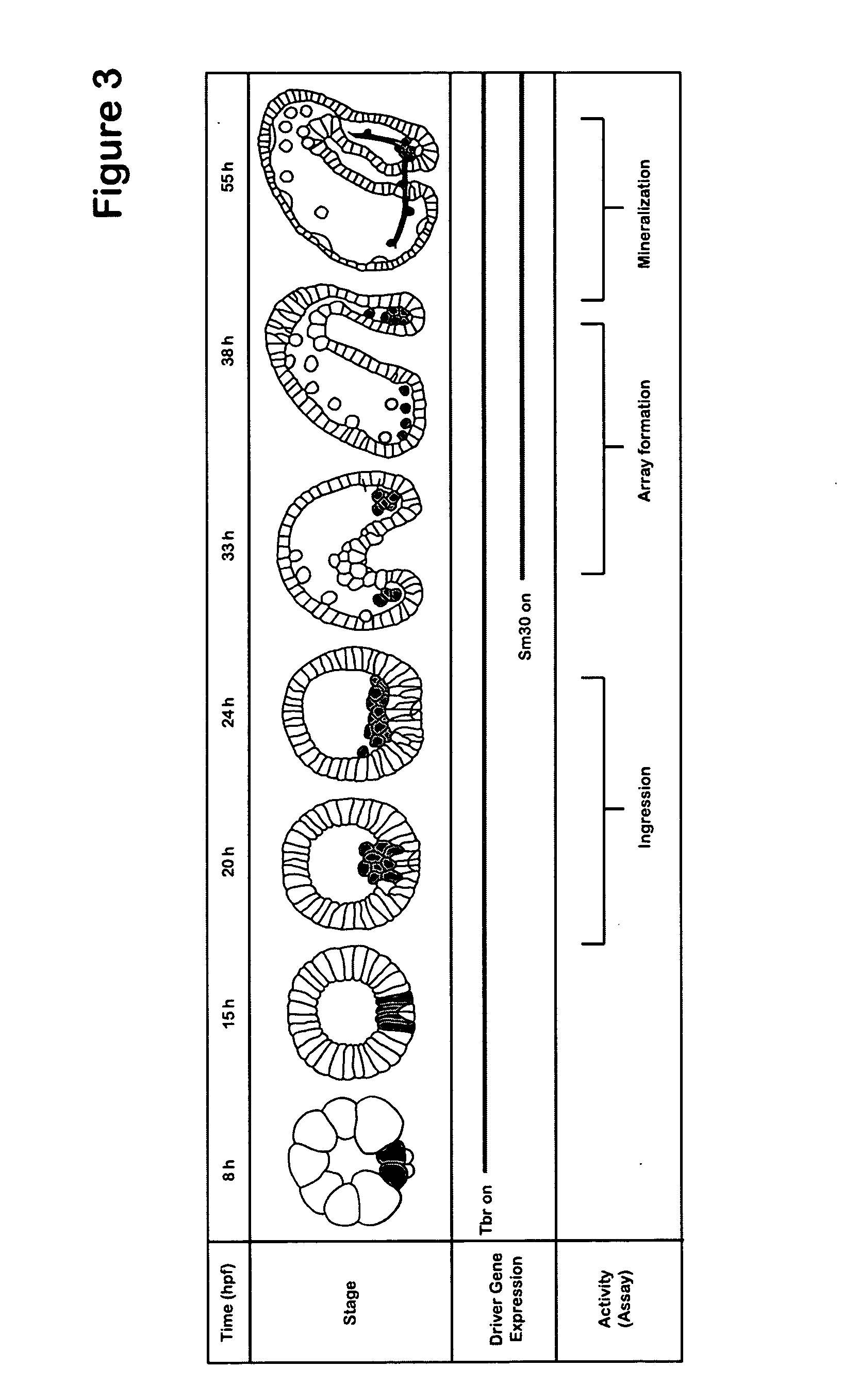Gene blocking method
a gene and gene technology, applied in the field of gene blocking method, can solve the problems that the conservative structure modification of dna and rna used by most antisense research groups might never be adequate for achieving optimal antisense activity, and the conservative structural modification of dna and rna used by most antisense research groups suffered serious limitations
- Summary
- Abstract
- Description
- Claims
- Application Information
AI Technical Summary
Benefits of technology
Problems solved by technology
Method used
Image
Examples
examples
[0253] The present invention is further illustrated by the following Examples, which in no way should be construed as further limiting. The entire contents of all of the references (including literature references, issued patents, published patent applications, and co-pending patent applications) cited throughout this application are hereby expressly incorporated by reference.
[0254] Applicants have developed a system to sidestep problems of gene regulation, by regulating the spatial and temporal effects of targeted gene knockdown. The method uses DNA expression constructs where time- and tissue-specific cis-regulatory sequences drive transcription of splice-blocking antisense oligomers. Using this method, Applicants have achieved spatially- and temporally-restricted knockdown of two test genes, Ets1 and Alx1, which are critical for proper skeletogenesis in the purple sea urchin Strongylocentrotus purpuratus. Similar approach may be generally used in any eukaryotic organisms.
[0255]...
PUM
| Property | Measurement | Unit |
|---|---|---|
| Length | aaaaa | aaaaa |
Abstract
Description
Claims
Application Information
 Login to View More
Login to View More - R&D
- Intellectual Property
- Life Sciences
- Materials
- Tech Scout
- Unparalleled Data Quality
- Higher Quality Content
- 60% Fewer Hallucinations
Browse by: Latest US Patents, China's latest patents, Technical Efficacy Thesaurus, Application Domain, Technology Topic, Popular Technical Reports.
© 2025 PatSnap. All rights reserved.Legal|Privacy policy|Modern Slavery Act Transparency Statement|Sitemap|About US| Contact US: help@patsnap.com



